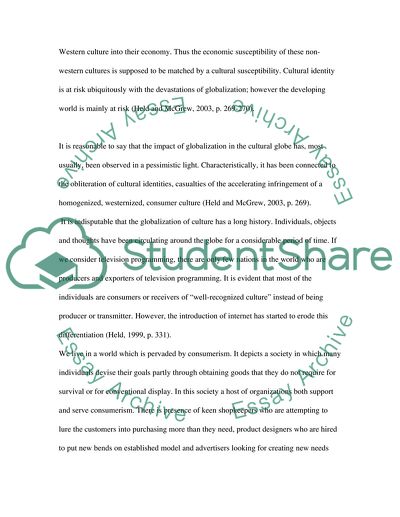Cite this document
(“The US Consumerism Effect on the Developing World Research Paper”, n.d.)
The US Consumerism Effect on the Developing World Research Paper. Retrieved from https://studentshare.org/social-science/1729801-does-the-consumption-of-us-cultural-products-such-as-coca-cola-and-hollywood-drive-cultural-change-in-the-developing-world
The US Consumerism Effect on the Developing World Research Paper. Retrieved from https://studentshare.org/social-science/1729801-does-the-consumption-of-us-cultural-products-such-as-coca-cola-and-hollywood-drive-cultural-change-in-the-developing-world
(The US Consumerism Effect on the Developing World Research Paper)
The US Consumerism Effect on the Developing World Research Paper. https://studentshare.org/social-science/1729801-does-the-consumption-of-us-cultural-products-such-as-coca-cola-and-hollywood-drive-cultural-change-in-the-developing-world.
The US Consumerism Effect on the Developing World Research Paper. https://studentshare.org/social-science/1729801-does-the-consumption-of-us-cultural-products-such-as-coca-cola-and-hollywood-drive-cultural-change-in-the-developing-world.
“The US Consumerism Effect on the Developing World Research Paper”, n.d. https://studentshare.org/social-science/1729801-does-the-consumption-of-us-cultural-products-such-as-coca-cola-and-hollywood-drive-cultural-change-in-the-developing-world.


